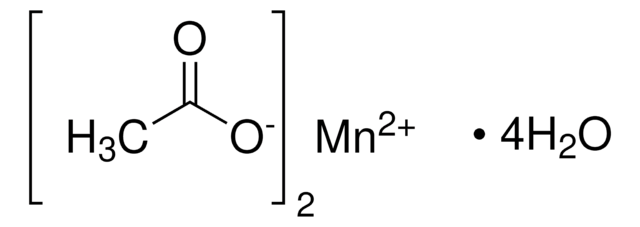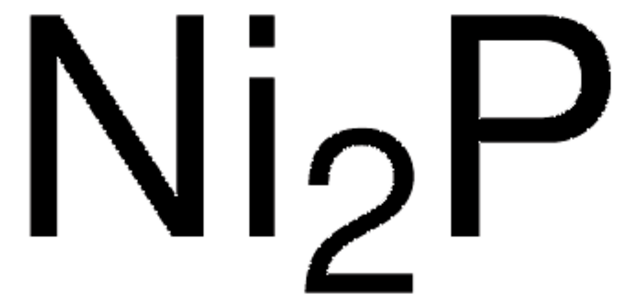Key Documents
283622
Nickel(II) hydroxide
Synonim(y):
Nickel dihydroxide, Nickelous hydroxide
About This Item
Polecane produkty
klasa czystości
reference material
Poziom jakości
Postać
powder
stężenie
60.0-70.0% Ni (EDTA titration)
mp
230 °C (lit.)
gęstość
4.1 g/mL (lit.)
Zastosowanie
battery manufacturing
ciąg SMILES
O[Ni]O
InChI
1S/Ni.2H2O/h;2*1H2/q+2;;/p-2
Klucz InChI
BFDHFSHZJLFAMC-UHFFFAOYSA-L
Szukasz podobnych produktów? Odwiedź Przewodnik dotyczący porównywania produktów
Zastosowanie
Hasło ostrzegawcze
Danger
Zwroty wskazujące rodzaj zagrożenia
Zwroty wskazujące środki ostrożności
Klasyfikacja zagrożeń
Acute Tox. 4 Inhalation - Acute Tox. 4 Oral - Aquatic Acute 1 - Aquatic Chronic 1 - Carc. 1A Inhalation - Muta. 2 - Repr. 1B - Resp. Sens. 1 - Skin Irrit. 2 - Skin Sens. 1 - STOT RE 1 Inhalation
Organy docelowe
Lungs
Kod klasy składowania
6.1D - Non-combustible acute toxic Cat.3 / toxic hazardous materials or hazardous materials causing chronic effects
Klasa zagrożenia wodnego (WGK)
WGK 3
Temperatura zapłonu (°F)
Not applicable
Temperatura zapłonu (°C)
Not applicable
Środki ochrony indywidualnej
Eyeshields, Faceshields, Gloves, type P3 (EN 143) respirator cartridges
Wybierz jedną z najnowszych wersji:
Masz już ten produkt?
Dokumenty związane z niedawno zakupionymi produktami zostały zamieszczone w Bibliotece dokumentów.
Klienci oglądali również te produkty
Produkty
Lithium-Ion Battery Performance: Dependence on Material Synthesis and Post‑Treatment Methods
Thermoelectric Performance of Perovskite-type Oxide Materials
The prevailing strategies for heat and electric-power production that rely on fossil and fission fuels are having a negative impact on the environment and on our living conditions.
Nanocząstki plazmoniczne mają unikalne właściwości optyczne, które można dostosować do różnych zastosowań w przemyśle biotechnologicznym1-8 i elektronicznym9-16.
Nasz zespół naukowców ma doświadczenie we wszystkich obszarach badań, w tym w naukach przyrodniczych, materiałoznawstwie, syntezie chemicznej, chromatografii, analityce i wielu innych dziedzinach.
Skontaktuj się z zespołem ds. pomocy technicznej














